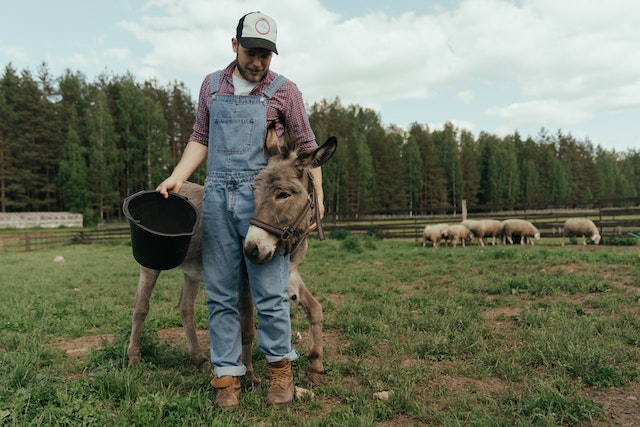While the homesteading style of life has been practiced for centuries, there has been a rapid increase in the number of individuals and families that want to start over and experiment with off-grid living in recent years. Living off the grid is a freeing experience that demands discipline, hard work, and some financial commitment.
If you’re interested in learning more about homesteading and living off the grid and considering it for yourself, you will need to learn a few important things first.
How To Live Off The Grid
Preparing to Go Off the Grid
Moving requires strategy, preparation, and personal growth to handle the obstacles ahead. While there are methods to go off-grid with no money, getting out of debt and saving a little money simplifies the process.
Begin by totaling your spending and determining strategies to save money while paying off your debt. There are always methods to cut expenses and minimize costs, and downsizing is sometimes an excellent first step toward going off-grid.
Make use of your remaining on-grid time to master crucial abilities that you may be lacking. Finally, begin your land hunt. Finding a decent off-grid property can be difficult, but many excellent options are available if you know where to search.
Build or Purchase a Home
You can build your own home on your land if you have the necessary skills and resources. If that fails, there is still the alternative of buying a house. If you don’t have the financial means to build a huge house, here are some options to consider:
A Tiny Home:
This style of home is typically the size of a standard living room, and it is within budget and may be quickly relocated if necessary because of its size. You won’t be able to cram a tiny house with a lot of personal belongings and furnishings; only the necessities. A minimalist mindset should be used.
Containers or Barns:
In recent years, shipping containers and barns have become a popular option for homes. It is more environmentally friendly than building a house or a cabin because fewer trees are used in their construction. A little imagination may transform a shipping container into a fantastic and economical off-grid residence. Or you can invest in a prefab metal barn that can easily be assembled on your new plot of land.
Cabin:
Cabins are similar to tiny houses but usually a bit larger. They are also typically constructed far from the rest of society. Many off-gridders make their cabins out of wood that is sourced from the local forest. With a well-built cabin, you may harvest and hunt for food all year and live entirely off the land.
RV or Van:
The genuine off-the-grid journey might begin with living in a motorized vehicle such as an RV or a converted van. With this, you don’t have to commit to one place. You can remain off the grid while exploring the entire nation. Always park in appropriate parking lots or camping areas for the night. If you own a piece of land that is off the grid, you can park your RV or van there permanently.
Try Simple Activities
There are simple ways to begin to obtain some of your very own food. Plant a low-cost garden or bake bread. If you have a garden, ensure everyone in your family participates in vegetable harvesting. Spend some time learning traditional homesteading techniques. Try some simple homesteading tasks with your children, or consider homeschooling.
For starters, plant a backyard garden at your current residence to pique the interest of your spouse and children in homesteading. You might even learn how to raise small farm animals such as rabbits for meat or hens for eggs.
Locate or Create A Water Source
It is impossible to live without water, and you presumably don’t intend to connect to utilities if you are living off the grid. So, a few options exist for getting water while living off the grid.
Well:
You can dig your well or work to utilize an existing well. Well water is safe to drink, and you can use the same water for your farming and animals.
Rainwater Collection:
Since wells are not always available, you can collect rainwater by placing barrels or buckets to collect water when it rains. If you want to become a little more sophisticated, you may form the roof into a bowl, funnel, or series of steps, which will help divert water to your collection container.
Conclusion
Now that you’ve learned more about homesteading, you’re one step closer to doing it yourself. To begin, first, consider the suggestions mentioned above, and you could quickly find yourself wanting to do more. Accordingly, you may find this way of life to be an excellent fit for your family’s values, interests, and ambitions. Later, you may explore off-grid homesteading with off-grid energy sources such as solar or wind power. Living off the grid offers a unique mix of benefits, making your life a much greater experience. With some passion, hard work, and the appropriate know-how, you can conquer any homesteading obstacles that stand in your way.

















